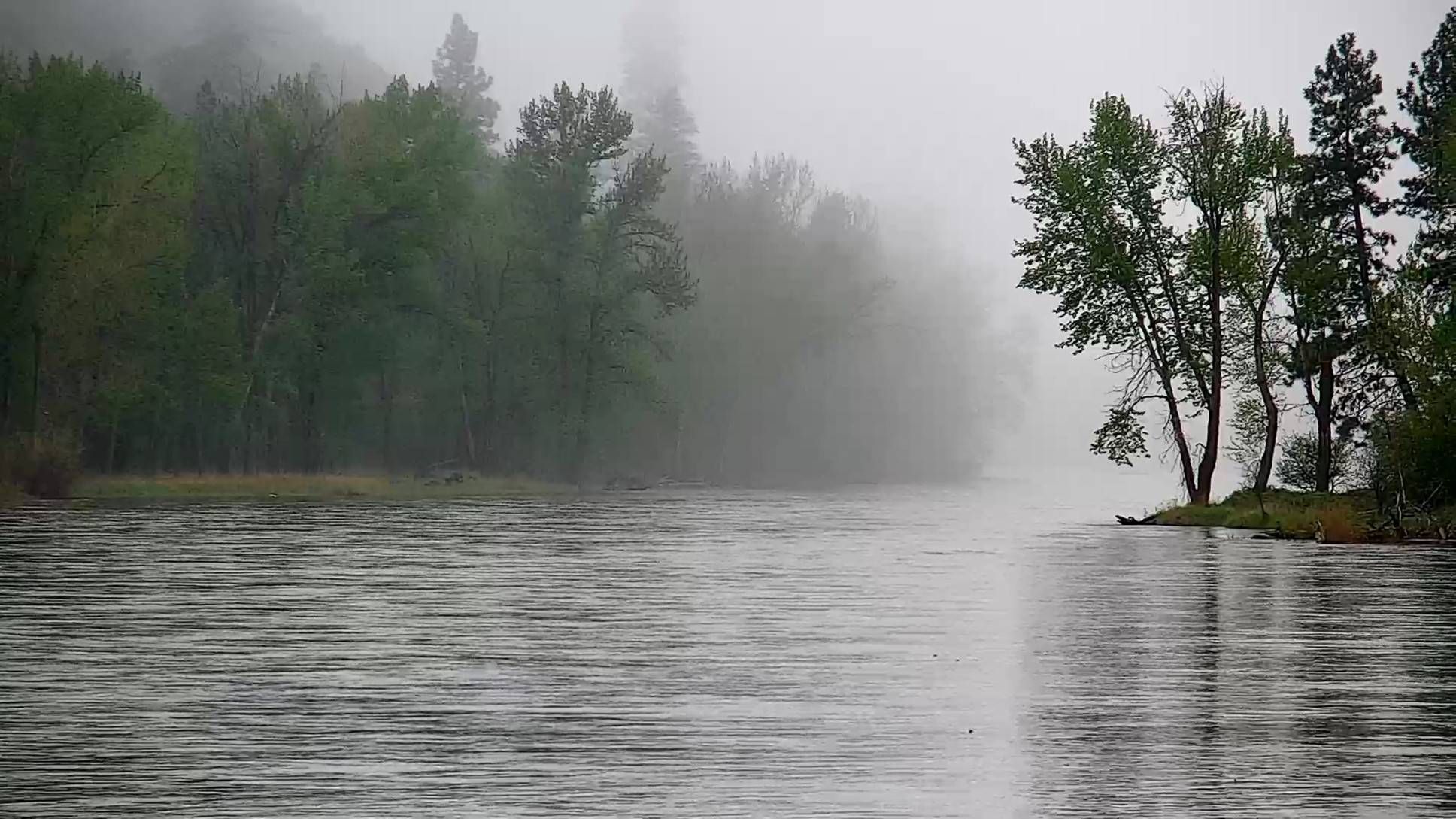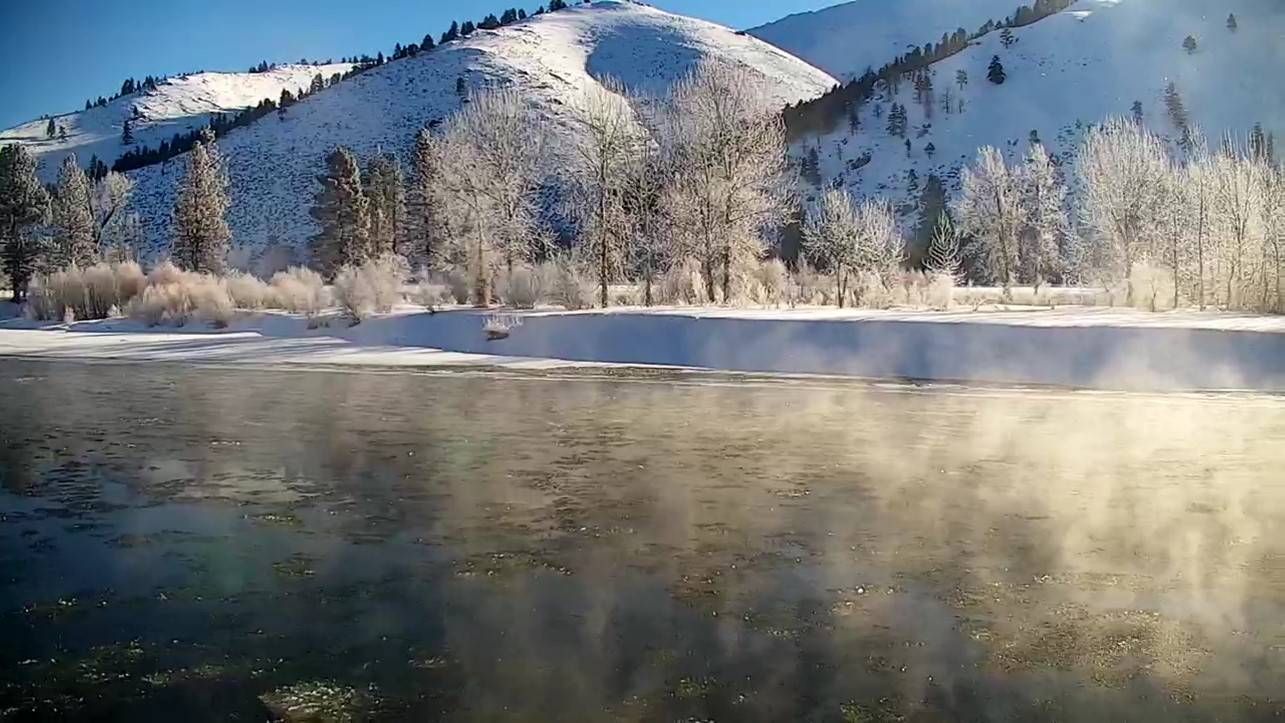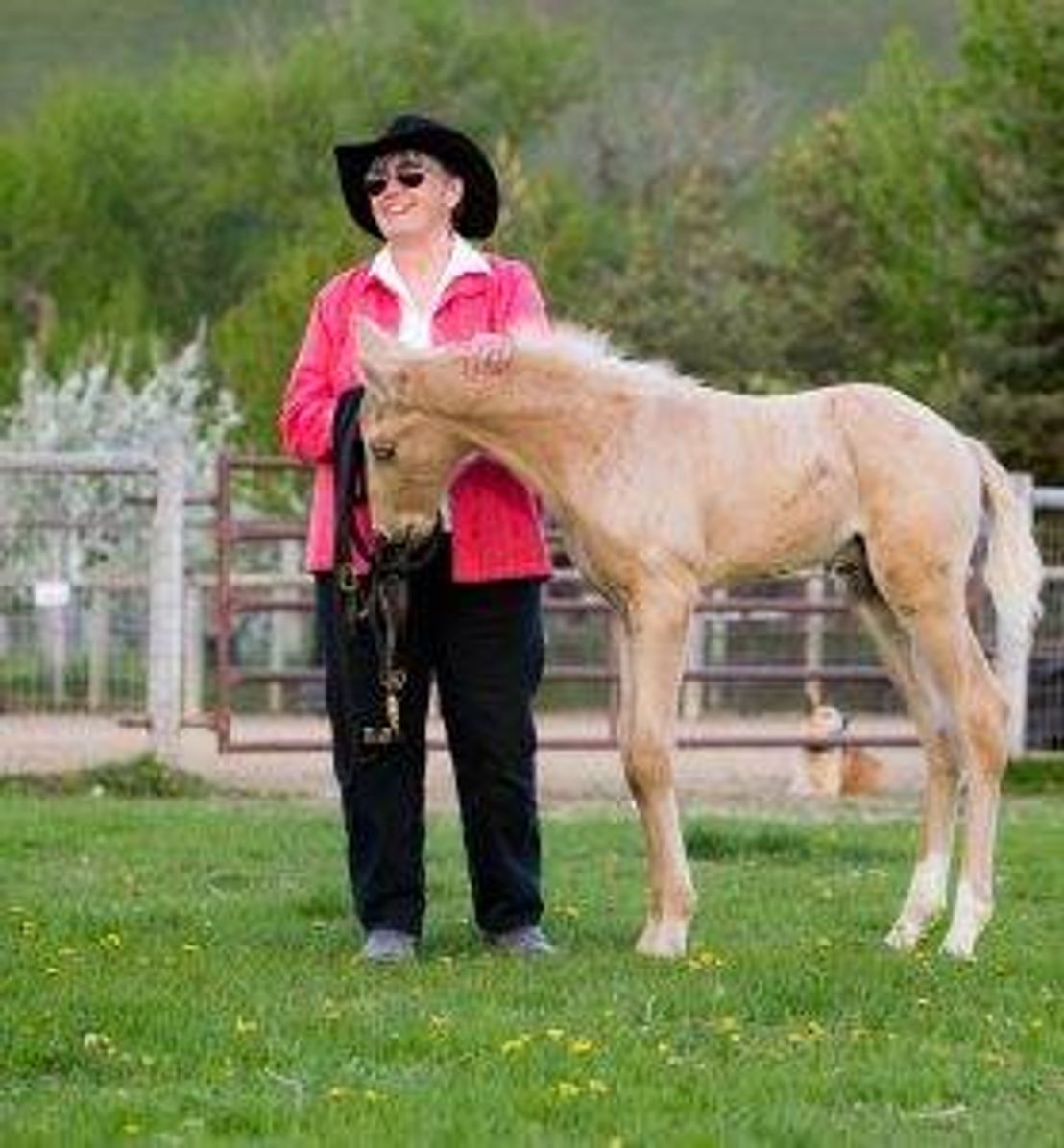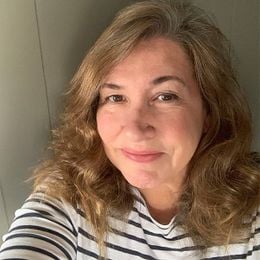The View From a Virtual Front Porch
People from around the world are building community at Dunrovin Ranch
From her home computer in Kennett Square, Pa., Diane Hoffman first learned of Dunrovin Ranch when she became riveted by an osprey nest.

The year was 2012, it was springtime and the osprey were in the process of laying eggs — a webcam across the country in Lolo, Mont. capturing every around-the-clock detail of the nest located 57 feet above the ranch.
An avid birder, Hoffman was particularly intrigued by what was transpiring. "It was a failed nest, which was so interesting," she says.
Along with six other people watching online, Hoffman observed the entire process up until the point where the osprey (which she learned were named Ozzie and Harriet) became aware their eggs wouldn't hatch and soon abandoned the nest for the season.
Eager for more, Hoffman started a daily viewing of another Dunrovin webcam aimed at the barn and horses. Then, she says with a laugh, "I knew I was in deep."
Around the same time, Hoffman was also caregiving for her mother. She would share the virtual world she had discovered at Dunrovin with her mom, once an avid traveler who had become homebound.
"It was like a whole window had opened up for her," Hoffman said of her late mother. "She really felt like she was out and about, spending time in Montana."

A Sense of Place
In the eight years since founder SuzAnne Miller, 72, launched the virtual community, Days at Dunrovin, on the ranch she has called home for 22 years, located 15 miles south of Missoula, her passion project has become a virtual front porch, an online respite, and most importantly, a growing community of individuals, many older and living alone.
"We want to foster health and well-being for people, animals and nature, and we use the resources we have right here at Dunrovin Ranch," Miller says, adding that giving members of the online community "a sense of place" is so important to her.
"We bring the ranch alive for people."
In addition to webcams, complete with ambient microphones, focused on the horse barn and the osprey site (filled with bird feeders to attract winter birds when the ospreys are away), there are webcams along the nearby Bitterroot River, where someone could just watch the light and movement of the river and spot wildlife such as bears and elk from sun-up to sundown, every day of the year.
Dunrovin offers daily online programming; options include everything from a sunrise tour of the ranch led by one of the employees to a training session with a horse to a presentation called 'Birds of Dunrovin' hosted by Miller, also an avid birder. A rare appearance of a kestrel on the ranch was a recent topic.
"We bring the ranch alive for people," she says, adding that the majority of Days at Dunrovin followers don't come from a rural background but have long been interested in horses, for example, or just daily life on a ranch. "They are learning something completely new to them," notes Miller.
However, there's a lot of time when, as Miller says, "there's nothing happening," so people can just observe the ranch and the surrounding area in real time.
"I liken it to the front porch of yesteryear," she says. "You can sit and watch, but you don't have to pay rapt attention. It's not so exciting that it distracts from conversations."

Reading Books About the West Together
And there are a lot of conversations happening among followers of Days at Dunrovin. They include active chat groups, such as Ranch Chat (regularly populated with questions or comments about what viewers are observing on the ranch) and Community Chat ("That can be anything from what people are having for lunch to recipes — anything goes as long as what's posted is respectful and caring," says Miller.).
One of the most popular conversations is the book club, and like so much that happens at Dunrovin, it's a collaborative effort.
Judy Blunt, chair of the creative writing program at the University of Montana in Missoula and author of the bestselling memoir "Breaking Clean," curates the reading list for the monthly book club; the titles for the year are released every fall.
Miller's mission inspires Blunt.
"Her efforts to bring enrichment to people's lives and offer an outlet that is creative and tickles the learning bone a little bit are literally contagious," says Blunt.
The focus of the selections is literature of the West, which Blunt says speaks to universal themes like a sense of place and community. In addition to Blunt's memoir about growing up in eastern Montana, the group has read several titles in the genre including "Fool's Crow" by James Welch and "An Unfinished Life" by Mark Spragg.
According to Blunt, "Fool's Crow" was the first Native American literary book that many of the online book club participants had read. The book discussion also included a conversation with Welch's widow.
"The conversations are so valuable – you learn so much more about a book when you talk about it," says Blunt. "Stories can do so much to connect people, they can share their own experiences."
Another key player in the book club is Hoffman, who does research on the book and its author, and also moderates the message boards before and during the scheduled book conversations, offering participants the chance to ask questions. Many do.
"I'm the 'public facing' part of the book club," Hoffman says. She and Miller often moderate the sessions, with Blunt and any visiting authors joining in. "There are also a lot of people who watch who haven't read the book, but many go on to read it afterwards."
"SuzAnne has created a really important cyber environment; she's really led the way on building this community," says Hoffman.

Feeling Ownership of Dunrovin
Days at Dunrovin is subscription-based, with members paying $8 per month. Right now, there are more than 700 members worldwide, and Miller is always hoping to grow her base. Days at Dunrovin Ranch also has a YouTube channel, which is free, but there isn't an opportunity to engage in the program's community aspect.
"In the online world, you either have to pay by advertising or subscription," says Miller. "Once you start advertising, you turn your clients into customers, and I did not want them to be viewed in that way. I think of them as friends. I wanted them to have ownership of Dunrovin."
In light of the pandemic, Miller recently launched a new initiative called Monday Socials, sponsored by Friends of Dunrovin, where people can participate every Monday, free of charge.
"We want to give people a full Monday, 24/7, to get to know us and to socialize with us. If they want to join, great, but we won't push," she says.
Another goal of the Monday Socials is to give a respite to caregivers. "If someone has a loved one at home, we can help that person socialize and stay busy all day to help ease some of the socializing burden on the caregiver," Miller explains.
Over the years, the Dunrovin community has not only bonded together individually (many regulars have formed friendships on their own), but collectively in significant ways.
"If you want to engage people, there need to be shared experiences," says Miller.
There have been several at Dunrovin over the years.
People have watched the birth of a colt named Oggie (sticking with it for four nights in a row, with many across the globe altering their sleep schedules so as not to miss anything) and even participated in his naming.
"So many chimed in on the chat with stories of giving birth to their own children, of their own labors," Miller says. "That's the seed of real friendships."
And the community has observed death; a beloved horse broke its neck and Miller had to have a veterinarian come out to euthanize him.
"If you want to engage people, there need to be shared experiences."
"I asked if people wanted me to turn off the cameras, and they said no," she noted. "They started talking about death like you wouldn't believe. It wasn't like talking about a person's death; it was an opening without being too close."
After the death of the horse, Dunrovin community members came together to fund a tree in his memory, something they've repeated following the death of another horse, Annie, Oggie's grandmother.
"They are changing the ranch by adding these trees. They are making it their own," Miller says.
'I'm Taking Visions of the Ranch With Me'
Miller's goal is to make the Dunrovin model sustainable for the future, and she is currently working to secure additional funding.

The ranch has as many as 10 employees during the summer months (Miller calls them "the boots on the ground" for Dunrovin followers riveted by their daily work), and two employees during the colder months.
But the lion's share of the work is done by Miller. "I do ninety percent of the web development and writing; I have a tech guy who works with the webcams," she says, adding that the steepest, and most expensive, learning curve was the installation and activation of the technology.
"I come from a background as a mathematician and scientist, so I wasn't afraid of the technology; I just went for it," she says.
Miller's research background also frequently comes into play as she studies the data of Dunrovin's frequent surveys to members (a Labor Day poll on first jobs generated many comments) and the impact of the social engagement on those who have come to think of Dunrovin as home.
During a virtual talk in June for the National Council on Aging, Miller shared some these statistics about Days at Dunrovin: 95% of participants are women, 60% are 60 and older, 29% live alone and 75% access the site daily.
While numbers are key to her work, the emotional connections to Dunrovin are what Miller finds inspiring, and what keep her committed to her mission.
"I've had people going into the hospital, asking me if I can send them a small piece of Dunrovin. I've sent feathers," she says. "Or they will tell me, 'I'm taking visions of your ranch with me.' You don't walk away from that."


